Active vs. Passive Basses: What’s the Difference?
Bass pickups fall into one of two categories: active and passive. This distinction in pickups is such a fundamental part of electric bass construction that most bass amps have separate inputs for active and passive basses. Of course, electric basses can be broken up by a number of criteria, like number of strings, fretted and fretless, but the fundamental breakdown (especially when plugged in) is between active and passive.
- Many players prefer the old-school tone of passive P-style pickups, like those in this Precision Bass. (photo credit: Christopher Sessums via Flickr)
- J-style passive pickups, like those in this Jazz Bass, yield a brighter tone. (photo credit: Sebastiaan ter Burg via Flickr)
Passive Basses: Classic Thump
The first mass-produced electric bass was the Fender Precision Bass, released in 1951. Like all electric guitars at the time, the P-Bass was built with a passive pickup. The passive pickup goes from the bass to the amp, with no preamp. All the sound coloration and tone shaping from a passive bass comes from the amp, or any other effects the bass is plugged into. Passive bass pickups going into an amp produce the fat, iconic old-school bass sound associated with classic blues, soul and rock acts, as well as modern punk and indie bands.
The passive bass pickup sound tends to be a tad more gritty and thudding rather than super clean. The sound varies between different pickup styles, but passive pickups generally yield more of a lo-fi sound. Many players find this very desirable. If you want an old-school sheen on your bass sound, passive pickups are the way to go.
Fender also innovated bass pickup design with two styles that have formed the basis for just about every bass pickup made through today. P-style bass pickups, first found in Precision Basses, feature split coils, with each coil picking up resonance for half of the bass’ strings. P-style pickups are wound as humbuckers, so they cancel out single-coil hum. J-style pickups, as found in most Jazz Basses, are single coil pickups that stretch across the entire string set, picking up all string vibration. Their single-coil design leaves them vulnerable to hum.
- This Ibanez Soundgear bass is loaded with active Bartolini pickups. (photo credit: Joshin Yamada via Flickr)
- This Fender Jazz Bass sports active EMG pickups. (photo credit: irish10567 via Flickr)
Active Basses: Clean and Cutting
In the 1970s, several bass makers started experimenting and adding on-board preamps to their basses — thus the active bass was born. The main thing that differentiates an active bass from a passive bass is the preamp. Active basses have built-in preamps powered by a battery. This boosts the signal that goes out from the pickups into the bass amp. The built in preamp also allows for tone adjustment right on the bass itself. It is common for an active bass to have bass, mid ,and treble tone controls on-board, making an active bass much more versatile than a passive bass. The preamp also makes most active basses very up-front and clean in their sound, versus the passive bass sound. Active basses are perfect for someone looking for a clean, modern sound on their bass.
Today, basses by Ibanez, Schecter, Warwick and others have made a name for themselves by catering to bassists seeking clear, active tone. But bass pioneers Fender remain on the frontier too, offering many classic models with the benefit of active pickups. In the video below, you’ll hear me go from passive to active sounds on the Fender American Standard Jaguar Bass with the flip of its preamp switch.
Main image photo credit: Christophe via Flickr

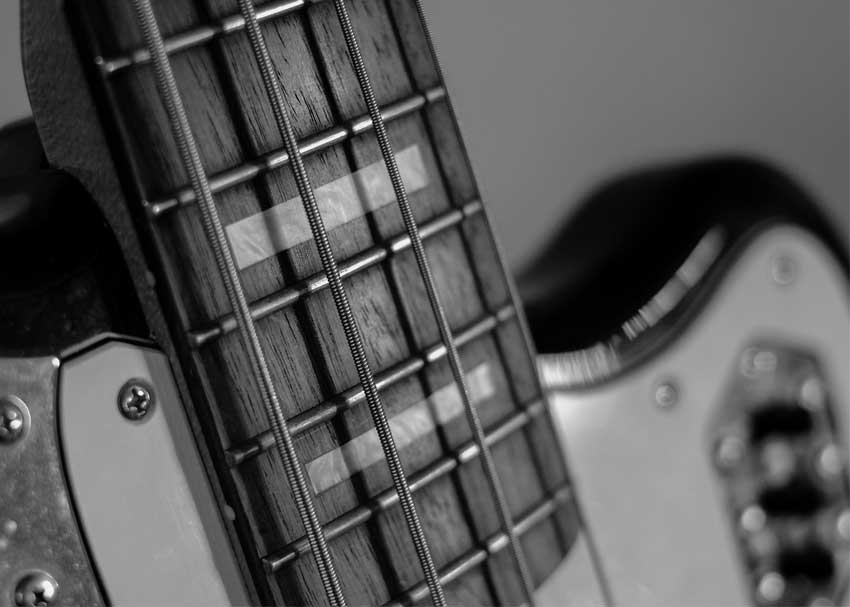
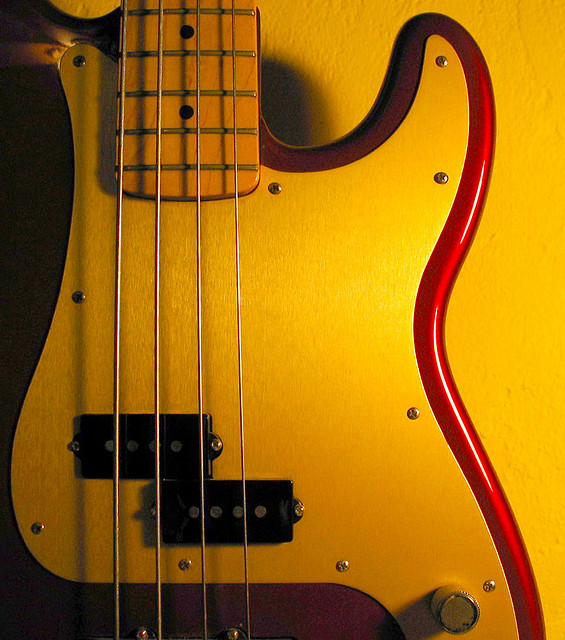
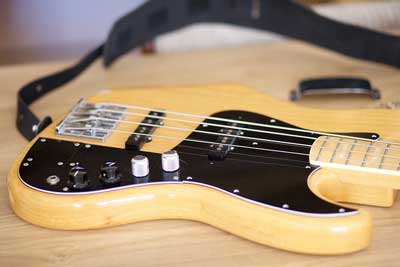
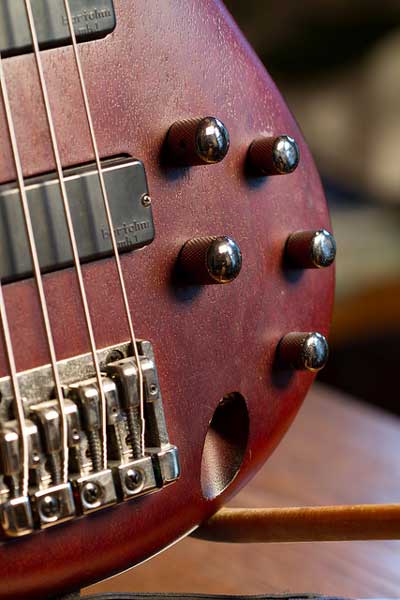
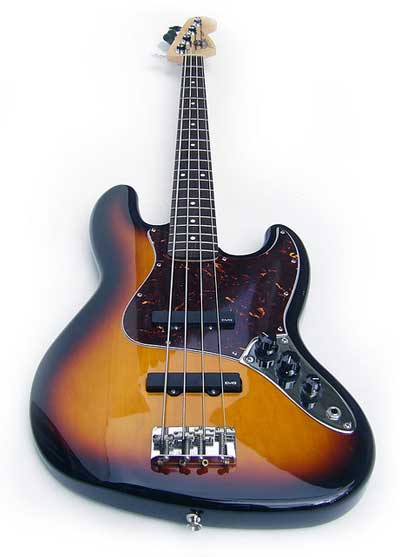


Leave a Reply